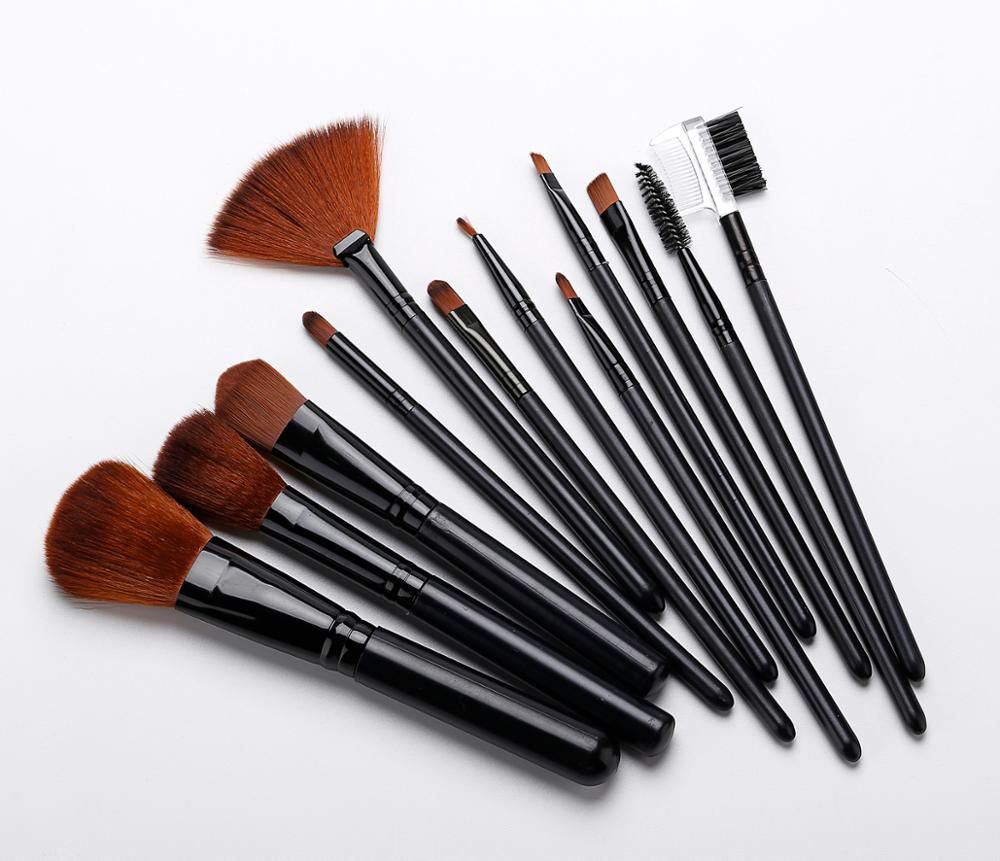Industry news
AI-Powered Bristle Design: Machine Learning Optimizes Filament Geometry for Ideal Makeup Pickup
- 552 Views
- 2025-07-18 01:31:30
AI-Powered Bristle Design: How Machine Learning is Revolutionizing Filament Geometry for Superior Makeup Pickup
For decades, crafting the perfect makeup brush bristle relied heavily on human intuition and trial-and-error. Cosmetic brush manufacturers would adjust filament diameter, taper, or density based on experience, often spending months testing prototypes to achieve optimal makeup pickup—the critical ability of bristles to hold, distribute, and release pigments evenly. Today, that paradigm is shifting. Artificial intelligence (AI) and machine learning (ML) are emerging as game-changers, enabling precise optimization of filament geometry to deliver consistent, high-performance results that were once impossible to replicate at scale.
Traditional bristle design faces inherent limitations. Filament geometry—encompassing variables like diameter (from root to tip), taper angle, cross-sectional shape (round, oval, triangular), and bristle density—directly impacts how a brush interacts with makeup products. A bristle too thick may fail to pick up fine powders; one too tapered might shed or lose shape. Human designers, while skilled, struggle to account for the complex interplay of these variables. Even small adjustments can lead to unpredictable outcomes, wasting time and resources.
Enter machine learning. By feeding ML models vast datasets—including lab-tested metrics (e.g., powder retention rate, release uniformity) and real-world user feedback (e.g., application smoothness, product buildup)—AI systems can identify patterns humans miss. For example, a neural network might reveal that a 0.08mm diameter filament with a 30° taper angle and triangular cross-section holds 27% more loose powder than a traditional round-tapered bristle, while releasing it in a more controlled, streak-free manner. These insights aren’t just theoretical: they translate to actionable design blueprints.

The optimization process begins with defining objectives. Manufacturers input desired outcomes—say, “maximize cream foundation pickup while minimizing product waste”—and the ML model generates thousands of virtual filament prototypes. Each prototype is “tested” in silico, simulating how it would interact with different product textures (powders, creams, liquids) and skin types. The model then refines the top performers, iterating on variables until it identifies the optimal geometry. This cuts development time from months to weeks, allowing brands to adapt quickly to trends like “clean beauty” or “precision contouring.”
Beyond efficiency, AI-driven design unlocks novel filament structures. For instance, ML recently optimized a dual-tapered bristle: thicker at the base for durability, ultra-fine at the tip for softness, with a midsection density gradient that balances pickup and release. Testing showed this design improved blush application precision by 40% compared to conventional brushes. Similarly, AI has optimized biodegradable filaments (a priority for sustainable beauty), ensuring plant-based materials match the performance of synthetic alternatives by tweaking their micro-geometry.
The impact on the cosmetic industry is clear. Brands using AI-designed bristles report higher customer satisfaction, with reviews highlighting “better color payoff” and “less fallout.” For manufacturers, it’s a competitive edge: AI reduces material waste by targeting only high-performing geometries, lowering production costs. As ML models continue to learn from new data—including emerging ingredients like hybrid pigments or water-based formulas—bristle design will only grow more tailored, bridging the gap between technical innovation and consumer needs.
In a market where precision and experience define success, AI-powered bristle design isn’t just a trend—it’s the future of cosmetic brush engineering. By merging data science with artistry, manufacturers are redefining what “ideal makeup pickup” means, one optimized filament at a time.











